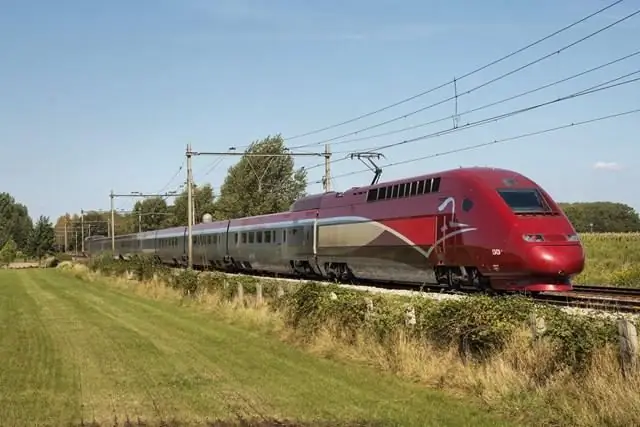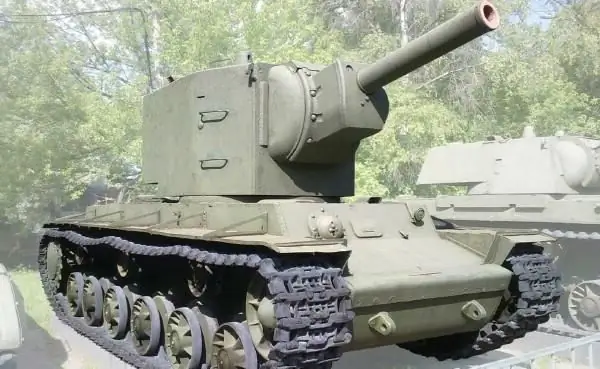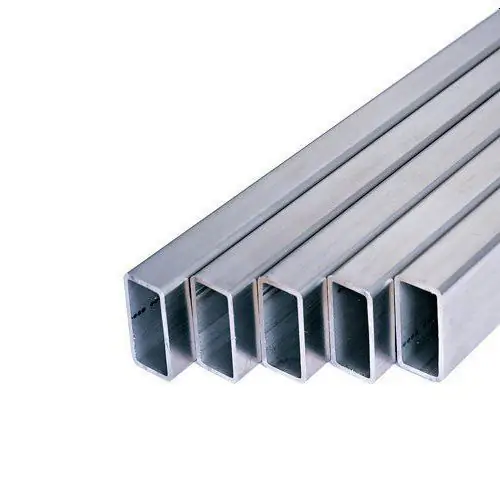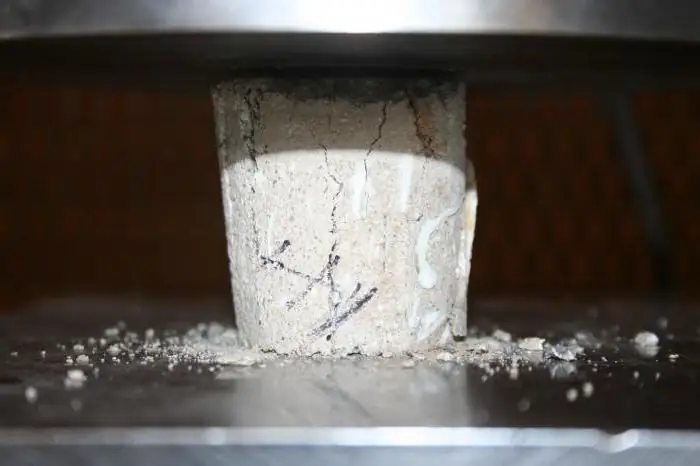2026 Author: Howard Calhoun | [email protected]. Last modified: 2025-01-24 13:10:38
Bolt is one of the most common metric fasteners. Its simple design allows you to connect parts with different technical and operational characteristics. There are several classifications of bolted hardware, but in terms of fastening reliability, the most significant division is according to the degree of resistance to physical stress. The functional stability and durability of the target structure depend on this property. The most attractive in this regard are high-strength bolts used in motor vehicles, industrial units and critical building structures.
Product overview

The base is formed by a threaded metal rod, as well as a head designed to be gripped by a key of a suitable size. More often use elements with hexagonal heads, which are considered the most reliable. The material used is alloyed carbon steel, capable ofwithstand heavy loads on the structure. However, there are other brands of alloys used. These and other requirements for the manufacture of this hardware are regulated by GOST 52644. High-strength bolts must also comply with a certain reliability class. For entry-level products, for example, marking 8, 8 is used according to the degree of strength. This is a common type of fastener made of hardened steel. In especially loaded structures, the use of bolts is assumed, the strength class of which corresponds to markings 10, 9 and 12, 9. A distinctive feature of this hardware is the ability to not only withstand a constant static load, but also multiple cycles of assembly and dismantling operations.
Performance Features

Compared to conventional fasteners, high-strength products can be used not only under conditions of increased mechanical loads, but also under thermal and other negative influence factors. The primary properties are fluidity and tensile strength. The balanced distribution of high-strength bolts along the sheathing or connection line allows even distribution of the load, thereby ensuring structural reliability. During operation, the master calculates the nominal temporary resistance, which is indicated in N/mm2. The minimum tensile strength will depend on the number indicated in the marking. For example, 10x100 will result in 1000 N/mm2. Also, the features of this type of hardware include resistance to destruction of the structure underthe action of moisture, that is, protection from corrosion damage.
Hardware dimensions

To indicate the parameters of the product, a special marking is used - M16-48. According to it, elements can have the following sizes:
- Length: 40-300mm.
- Diameter: 16-48mm.
- Thread length: 6-18mm.
- Height of head: 8-24mm.
- Head diameter: 19-53mm.
- Coating thickness: 25-40 microns.
It is important to emphasize that all the indicated sizes are interconnected. That is, for example, at a certain length, restrictions are imposed on the thickness of the rod and the thread pitch. This is due to the fact that even the controlled tension of high-strength bolts does not always allow a moderate force to be exerted on the hardware, protecting it from breakdowns and deformations.
Connection Requirements

Assembly operations are performed only after a thorough analysis of the technical conditions for the operation of the target structure or working mechanism. In particular, when choosing hardware according to dimensional characteristics, the twisting coefficient, optimal mechanical properties and parameters of auxiliary fastening fittings are preliminarily calculated. Do not forget that during installation, high-strength bolts also form a bundle with nuts and washers, which must correspond to the bearing rod in terms of geometric parameters.
During the installation work, the following operations are performed:
- Preparing the hardware with checking itstatus.
- Preparation of the work surface (cleaning, degreasing).
- Connecting high-strength bolts using a special tool. Hand wrenches or nutrunners with optimal torque may be used.
- Control of the performed operation. The reliability of the fastener, its geometric correctness and tension force are evaluated.
- Sealing, sealing and priming of joints.
High Strength Bolt Applications
This type of fastener is mainly used in heavy industry and construction. In production, such bolts are used in the assembly of cars, engineering units, specialized equipment, etc. As for the construction industry, in accordance with GOST, high-strength bolts are recommended for use in buildings and structures that take on temporary, permanent and special loads. For example, hardware can be used to connect parts of structures that will be subjected to seismic, explosive and vibrational vibrations during operation. There are no hard restrictions on usage environments. The high-strength alloy has been successfully used in temperatures down to -60 °C when exposed to aggressive chemicals.

Conclusion
It is possible to create an optimal connection only if the appropriate fasteners are used. The design of high-strength hardware, of course, improves the quality of the docking unit, but for this it is necessary to choose the right typethreads, head shape, size, etc. For example, as noted by the same GOST, high-strength bolts can have full and incomplete threads. In the first case, a part of the rod receives a “clean” surface, and in the second case, a corrugated one along the entire length. Therefore, the intended purpose of such bolts will be different. Attention should also be paid to the methods of applying protective coatings. The main enemy of metal fasteners is rust, and in order to protect the structure from its spread as much as possible, it is necessary to initially choose products that have undergone galvanic treatment or anti-corrosion galvanizing. This is mainly for use in building exteriors and vehicles.
Recommended:
High-speed trains. high speed train speed

Today there are express trains in almost every country. Let's see which is the fastest train in Russia and the world. Here is a rating of express trains that can reach speeds of over 300 kilometers per hour
High-explosive projectile. High-explosive fragmentation projectile. artillery shell

When back in 1330, Berthold Schwarz, a German monk, discovered the throwing properties of gunpowder, he did not imagine that he would become the progenitor of a new god - the god of war
Duralumin is a high-strength aluminum-based alloy with additions of copper, magnesium and manganese: properties, production and application

What is duralumin? What are the features of duralumin alloy? Technical and quality indicators of the alloy. A variety of products from this metal and their scope
Determination of concrete strength: methods, equipment, GOST. Control and evaluation of concrete strength

When checking building structures, the determination of the strength of concrete is carried out to determine their state at the current time. Actual performance after the start of operation usually does not match the design parameters
Friction joints on high-strength bolts

Friction joints on high-strength bolts: design features, manufacturing and assembly requirements. Methods for obtaining the necessary roughness of mating surfaces. Calculation of the main parameters of the connection. Quality control

